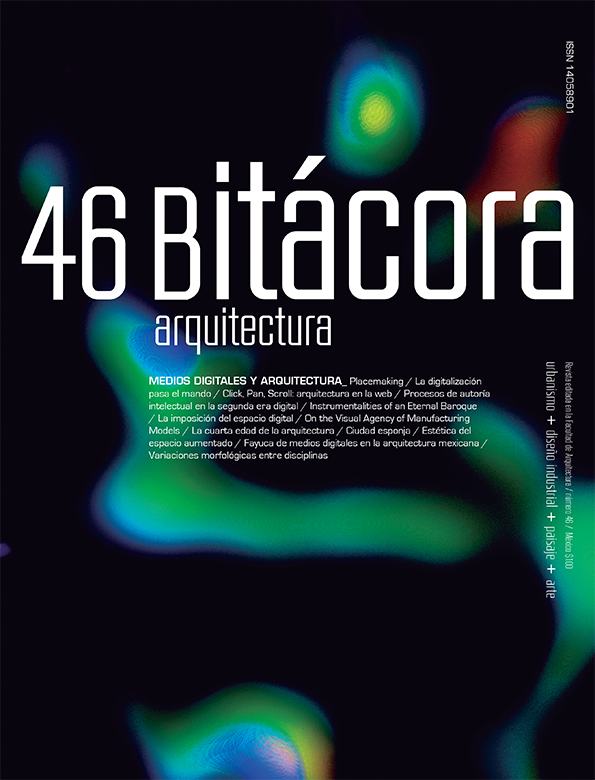Editorial 46
Main Article Content
Abstract
Our reality is one in which the digital and perceived reality –rather than physical reality– take on increasing relevance with each passing second. The pandemic has made clear the ways in which the digital world has become a natural part of our day-to-day lives; at the same time, it has shown that we can rapidly adapt to its logics. Since March 2020, Internet use doubled and the use of videocall platforms increased by a factor of 10. Few have reflected on how accustomed we have already become to this in our isolation, to socializing and experiencing the world solely through digital platforms. We’ll need more time to determine the full effects on social activities of the increased use of digital tools during this historical period, but the attention we pay to the use of these technologies will doubtlessly increase. This intensified use of social media and collaborative networks will transform the way we understand our disciplines.
All the tools we use when designing change us and influence what we create. Design programs tend to favor certain forms and make others more difficult, and so digitally designed and fabricated objects appear as such. cad-cam can be seen as mediators between the designer and the object of design, but they are functionally closer to physical tools such as hammers and chisels than they are to blueprints, and so they leave their mark behind. They’re artifacts for designing and doing at the same time, not tools for noting down a set of instructions.
Seen by many as superficial, formalist and irresponsible figures that put forward impossible or expensive architectures, something that is especially wrongheaded in the Latin American context, those architects that advocated for parametric design during the nineties anticipated a digital future that did not come as quickly as the accelerated growth of digital technologies suggested.
Thanks to digital media, we now have a bridge that very evidently connects our disciplines. With parametric design and 3D printing, few would dare suggest that there’s no relationship between industrial design and architecture; the same is true for software for analyzing spatial configurations and interconnections, issues which bring together architecture, the landscape and the study of the urban environment.
At the beginning of the twentieth century, only a handful of architects dared rise to the challenge that the industrial revolution implied for design: standardized serial production. At least one century later, it’s worth asking why we continue to design this way when the logic of production is being transformed.
Article Details
Citas en Dimensions Service
Bitácora Arquitectura by Universidad Nacional Autónoma de México is licensed under a Creative Commons Reconocimiento-NoComercial-SinObraDerivada 4.0 Internacional License.
Creado a partir de la obra en http://arquitectura.unam.mx/bitacora.html.

